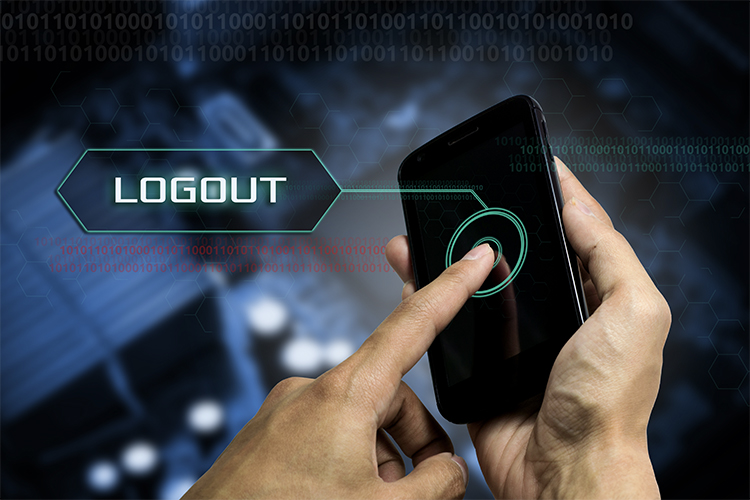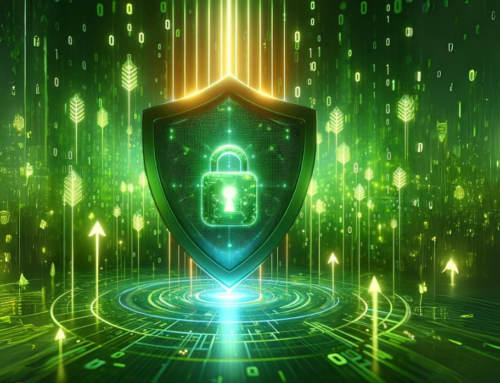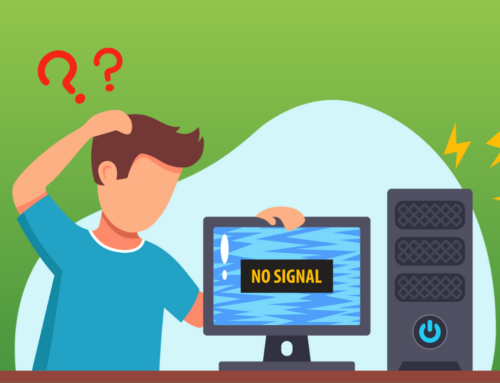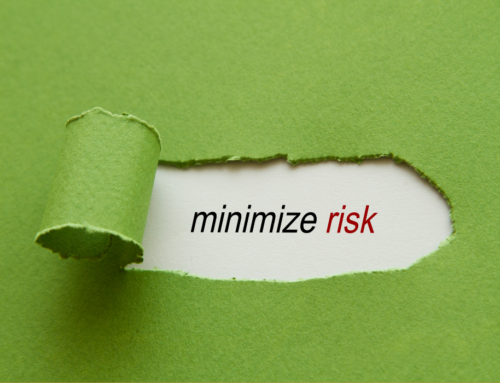As many of us are preparing to fall back into a routine—driving our kids to school, making lunches in the morning, working around afterschool activities—it’s critical that we stay safe in the process.
Every day, cyberthreats evolve and hackers learn more efficient ways to get what they want from you. Because of this, you have to make it as difficult as possible for external threats to force their way through your computer and into your physical world.
Passwords can truly be your greatest ally.
If you’re still opting for the traditional password, it’s best to do so wisely. Experts say the strongest passwords are a combination of random capitalizations, phrases, misspellings, numbers and characters. For example, Eye.LiKe.2*EET!.
Think of your passwords as you would your toothbrush: they’re only good for a few months. You wouldn’t use the same toothbrush for years and years, would you?
We cannot say it enough: log out, log out, log out.
When you remain logged into all of your accounts, you’re basically giving a hacker total control over your life. Your email, personal photos, bank information and search history is theirs for the taking. Don’t make it that easy for someone to destroy your life.
Pictures are nice but not always a good idea.
Uploading photos of your last minute vacation or your child’s first day back at school may seem like a good idea at the time but, unfortunately, this isn’t always the case. A person with ill-intentions may be on the other side of the screen planning their greatest heist ever—they know you’re gone, they know where you’re at, they know about how long you’ll be there and they know exactly how to use this to their advantage.
In today’s world, social media has falsely embedded into us that it’s acceptable to let people know every part of our lives. We realize it’s probably too much to ask you not to post anything ever again. So, at the bare minimum, avoid tagging your location and try to post pictures a day after you take them. This will make it slightly more difficult for people to track your daily habits and plan something nefarious.
Really consider what you’re sending and to whom.
Don’t become a statistic. Be extra careful when you’re sending private information over the web. Make sure you know you’re sending it to the right person and to a legitimate source. It’s easier than you think to detect malicious websites and emails—all you have to do is pay attention. Don’t be a blind browser and then a sad cyberattack victim.
Always be wary of public Wi-Fi.
Public Wi-Fi may be convenient, but that’s the issue. It’s entirely too convenient for a hacker. If you absolutely have to use public Wi-Fi, stay away from personal information and ensure that your devices are totally secure. Do not log in to your bank website or try to send vital information to a co-worker. You’re just asking for trouble at that point. Sorry Starbucks, your Wi-Fi is a no-go.
This isn’t just for you. It’s for you children, too.
It’s important to keep in mind that your children are just as connected as you are, which means they are just as susceptible to threats as well. Educate your children about cybersecurity and safe browsing, and install security apps on their phones and tablets to be your eyes and ears when you can’t be. Hackers don’t discriminate based on age, gender, or location. If your child opens a malicious link or navigates to a dangerous website, all the hacker knows is someone took the bait and it’s time to attack.






